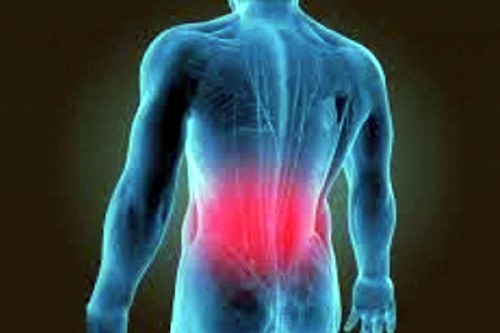New study finds brain-based treatment of chronic back pain

London, Sep 30 (IANS) Pain reprocessing therapy (PRT), which teaches people to perceive pain signals sent to the brain as less threatening, helps in the treatment of chronic pain, according to a new study.
The study, published in JAMA Network Open journal, examined the critical connection between the brain and pain for treating chronic pain and found that after PRT, patients reported reduced back pain intensity.
"Our study shows that discussing pain attributions with patients and helping them understand that pain is often 'in the brain' can help reduce it," said Yoni Ashar, PhD, assistant professor at the University of Colorado Anschutz Medical Campus.
To study the effects of pain attributions, researchers enrolled over 150 adults experiencing moderately severe chronic back pain in a randomised trial to receive PRT and found two-thirds of people treated with PRT reported being pain-free or nearly so after treatment, compared to only 20 per cent of placebo controls.
"This study is critically important because patients' pain attributions are often inaccurate. We found that very few people believed their brains had anything to do with their pain. This can be unhelpful and hurtful when it comes to planning for recovery since pain attributions guide major treatment decisions, such as whether to get surgery or psychological treatment," Ashar said.
According to the researchers, before PRT treatment, only 10 per cent of participants' attributions of PRT treatment were mind or brain-related.
However, after PRT, this increased to 51 per cent, showing that the more participants shifted to viewing their pain as due to mind or brain processes, the greater the reduction in chronic back pain intensity.
"Our study shows that discussing pain attributions with patients and helping them understand that pain is often 'in the brain' can help reduce it," Ashar stated.
"Often, discussions with patients focus on biomedical causes of pain. The role of the brain is rarely discussed. With this research, we want to provide patients as much relief as possible by exploring different treatments, including ones that address the brain drivers of chronic pain," he added.

|

|

